Throughout history, royal gardens have served as living canvases for power, beauty, and serenity. They are not just landscaped grounds but curated expressions of empire, elegance, and artistry. From European formalism to Eastern mysticism, these gardens transport us to a world where nature obeys design, and every blossom tells a story. For the epicurean traveler with an eye for detail and a heart for heritage, here are seven of the most spectacular royal gardens from around the globe.
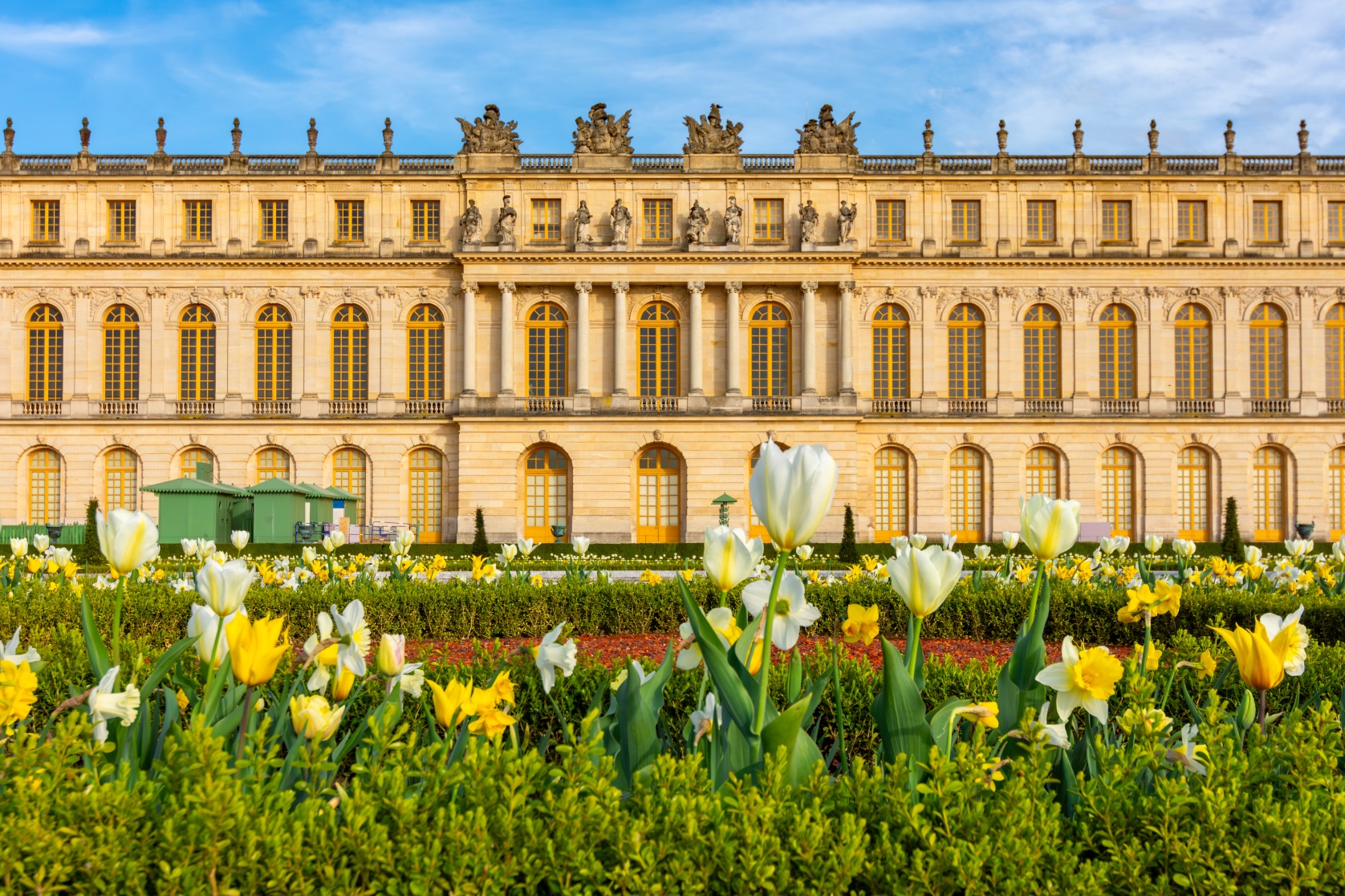
The Gardens of Versailles – France
Arguably the most iconic royal garden in the world, the Gardens of Versailles are a baroque masterpiece on a monumental scale. Designed by André Le Nôtre for King Louis XIV, the 800-hectare grounds feature impeccably aligned terraces, grand fountains, and sculpted hedgerows that stretch into infinity. But beyond geometry lies a theatre of symbolism—Apollo, Neptune, and mythological figures remind visitors of the Sun King's absolute rule. Don’t miss the Grandes Eaux fountain show, when water, music, and majesty come alive in perfect unison. This garden isn’t merely walked through—it is performed, like a royal ballet of landscape and power.
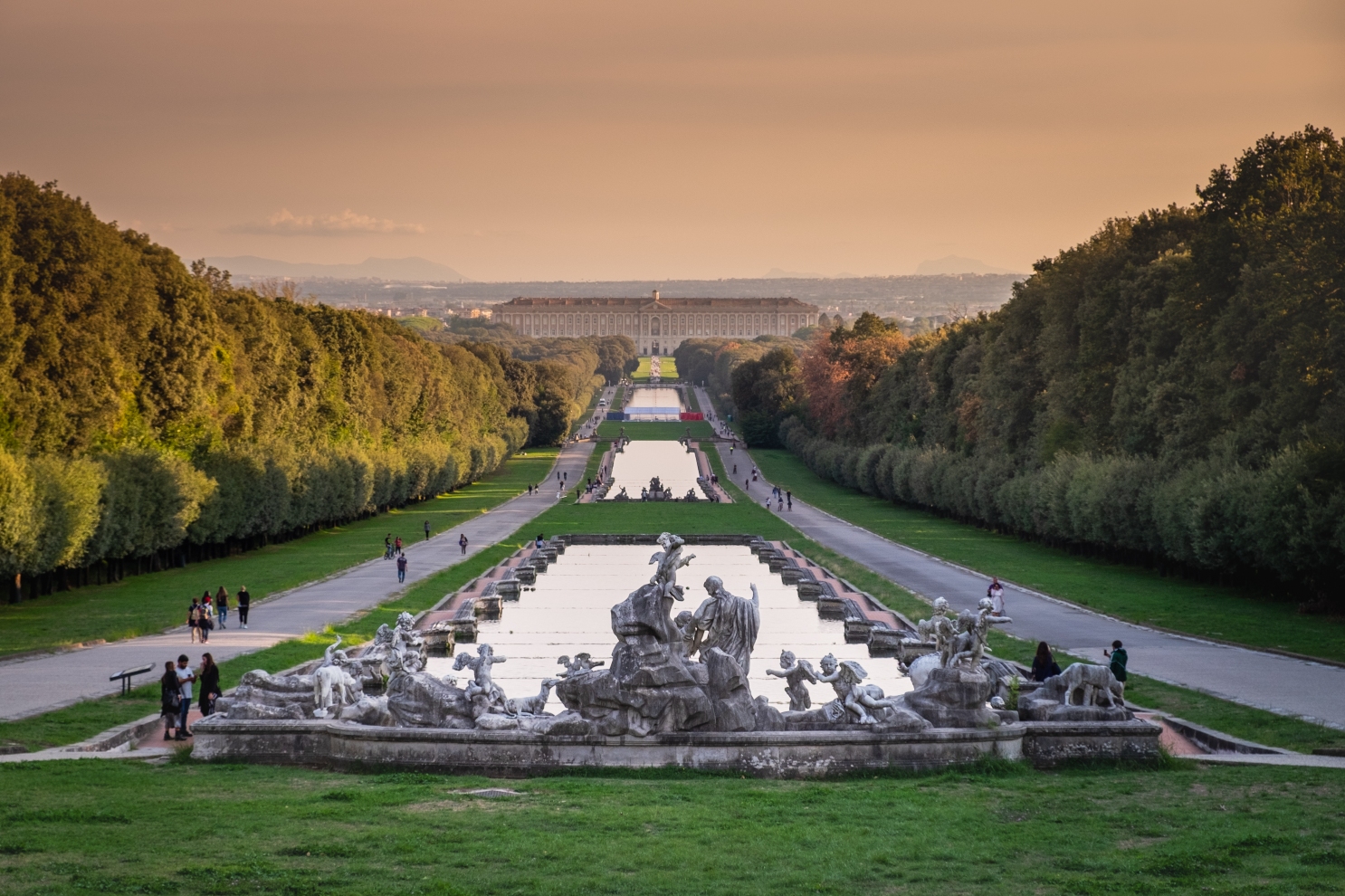
The Royal Palace of Caserta – Italy
Often referred to as the “Italian Versailles,” the Royal Palace of Caserta is a triumph of 18th-century ambition and design. Its garden stretches over 3 kilometers, anchored by a central axis flanked with cascading waterfalls, Baroque sculptures, and symmetrical pools. Built for the Bourbon kings of Naples, Caserta combines the theatricality of the Italian Renaissance with the disciplined grandeur of French landscape architecture. Among the many highlights is the English Garden—an unexpected contrast of botanical whimsy nestled within formal design. Here, nature is both tamed and celebrated, offering visitors a sensory journey steeped in nobility and Neapolitan elegance.
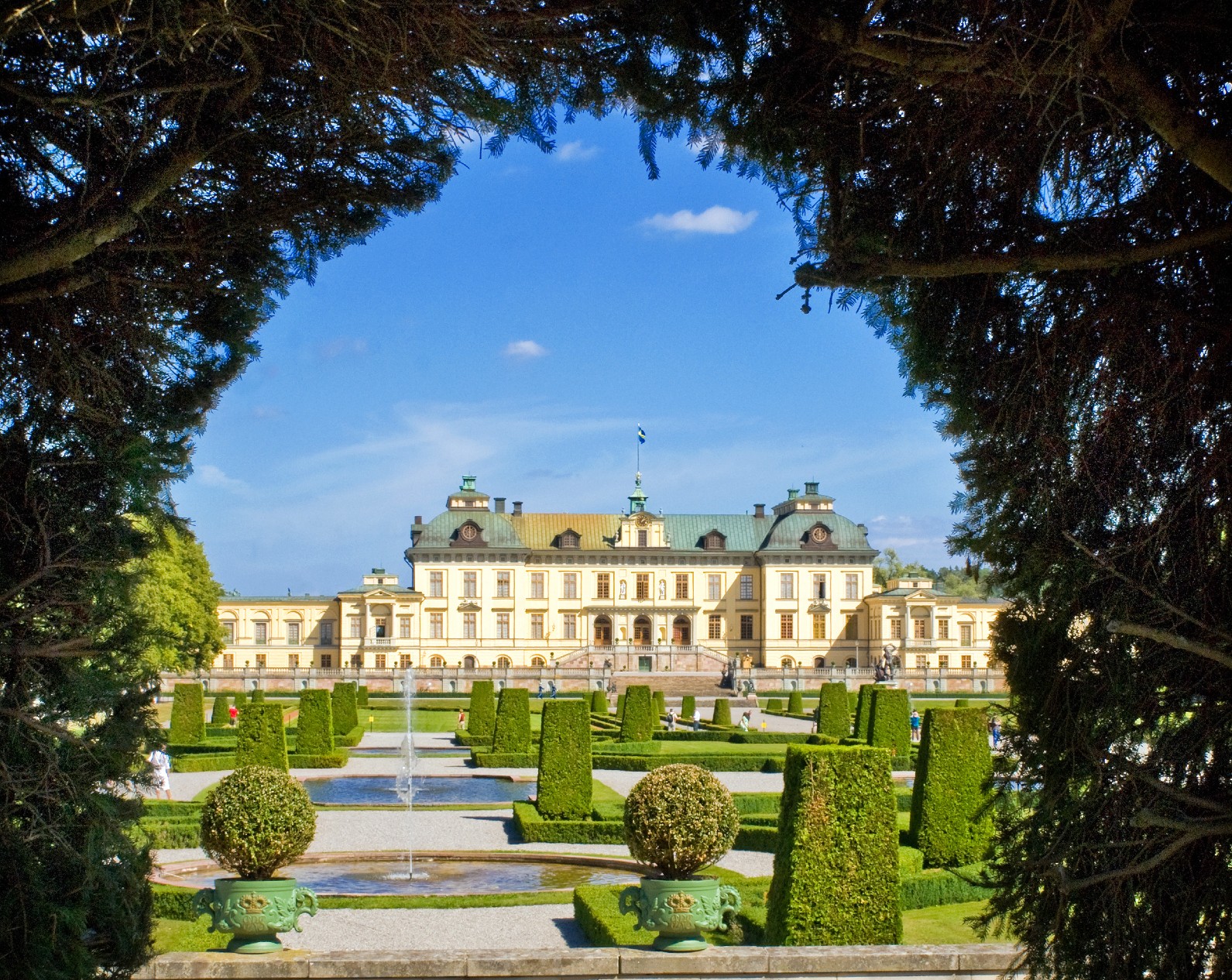
Drottningholm Palace Gardens – Sweden
Located on a tranquil island near Stockholm, Drottningholm Palace and its gardens embody the understated grace of Swedish royalty. A UNESCO World Heritage site, the gardens weave together French symmetry, English romanticism, and Nordic stillness. Stroll through Baroque alleys lined with bronze statues and neatly clipped hedges, then transition into the wilder English garden, where natural lakes and winding paths evoke quiet introspection. Built in the late 1600s, Drottningholm has remained a royal residence—and a poetic sanctuary—for centuries. It’s a garden that speaks not in grandeur, but in elegance; not in spectacle, but in timeless charm.
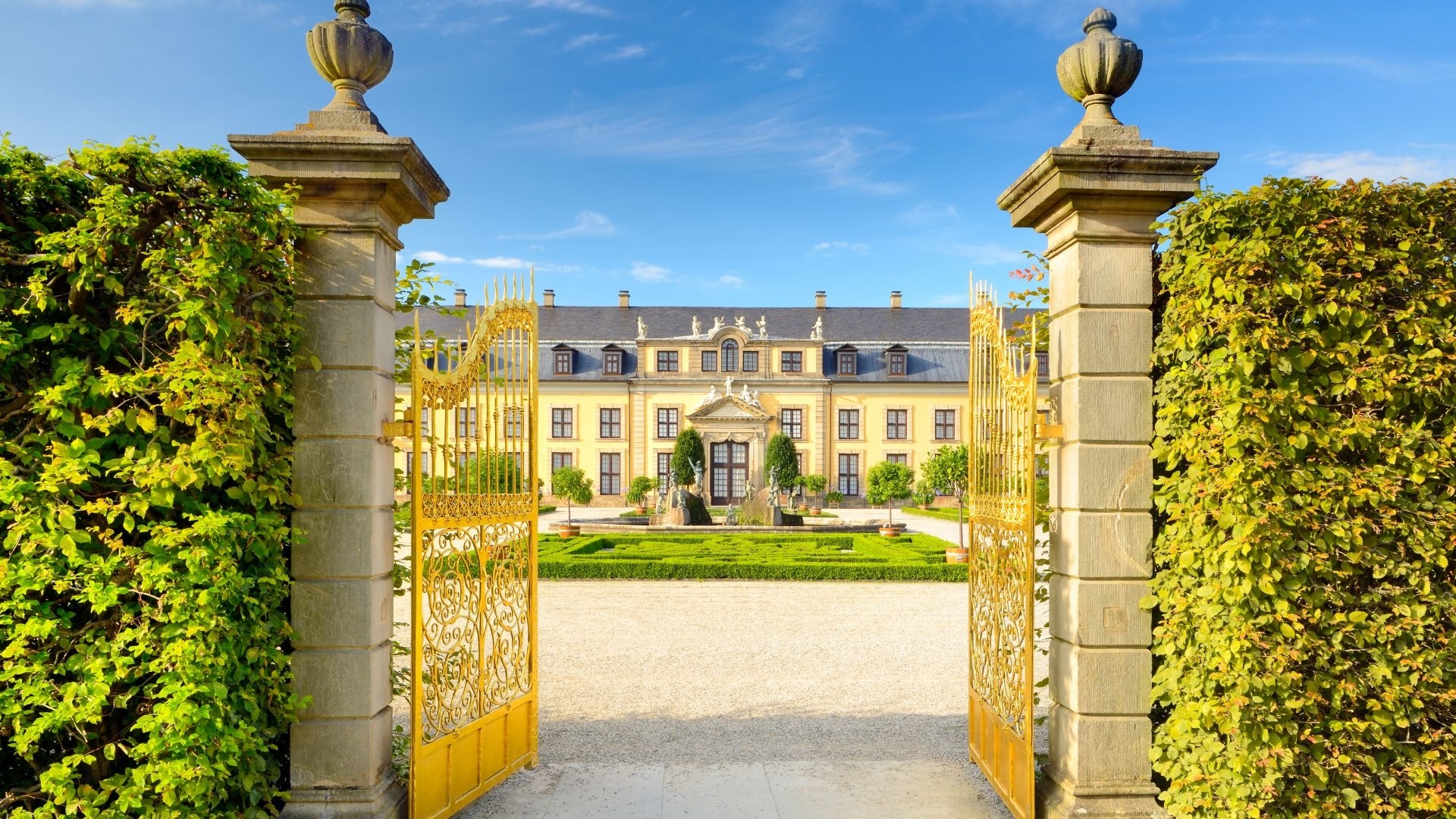
Herrenhausen Gardens – Germany
A gem of Hanover, the Herrenhausen Gardens were crafted in the 17th century by Electress Sophia of Hanover and remain among Europe’s finest Baroque gardens. With geometric flower beds, cascading fountains, and a labyrinth of clipped hedges, the Great Garden (Grosser Garten) reflects the precision and flair of German royal tastes. What sets Herrenhausen apart is its whimsical grotto—an enchanted chamber adorned with mosaics of shells, glass, and mirrors, reimagined by artist Niki de Saint Phalle. Combining rigor and fantasy, Herrenhausen invites guests into a world where horticulture and imagination coexist under royal guidance.
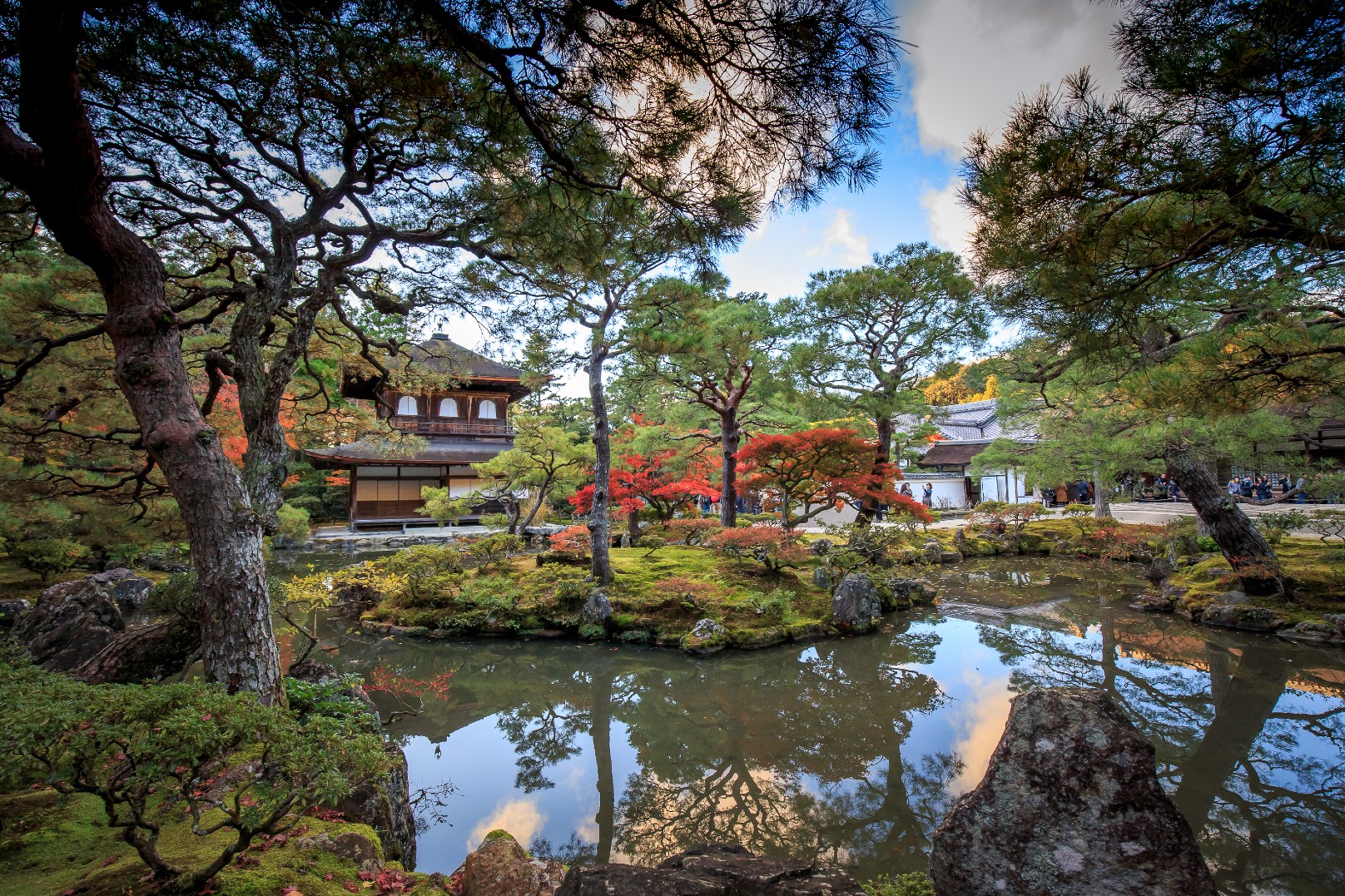
Ryoan-ji Temple Garden – Japan
Minimalist yet profound, the rock garden at Ryoan-ji Temple in Kyoto is the essence of Zen philosophy. Comprising fifteen rocks placed carefully on a bed of raked white gravel, the garden invites deep contemplation rather than admiration. Created in the late 15th century, it belongs to a tradition where absence is as important as presence, and beauty emerges from simplicity. From any vantage point, at least one stone is always hidden—an intentional design that reflects the imperfection of human understanding. Once the retreat of emperors, Ryoan-ji is not just a garden—it’s a meditation on space, silence, and the soul of Japan.
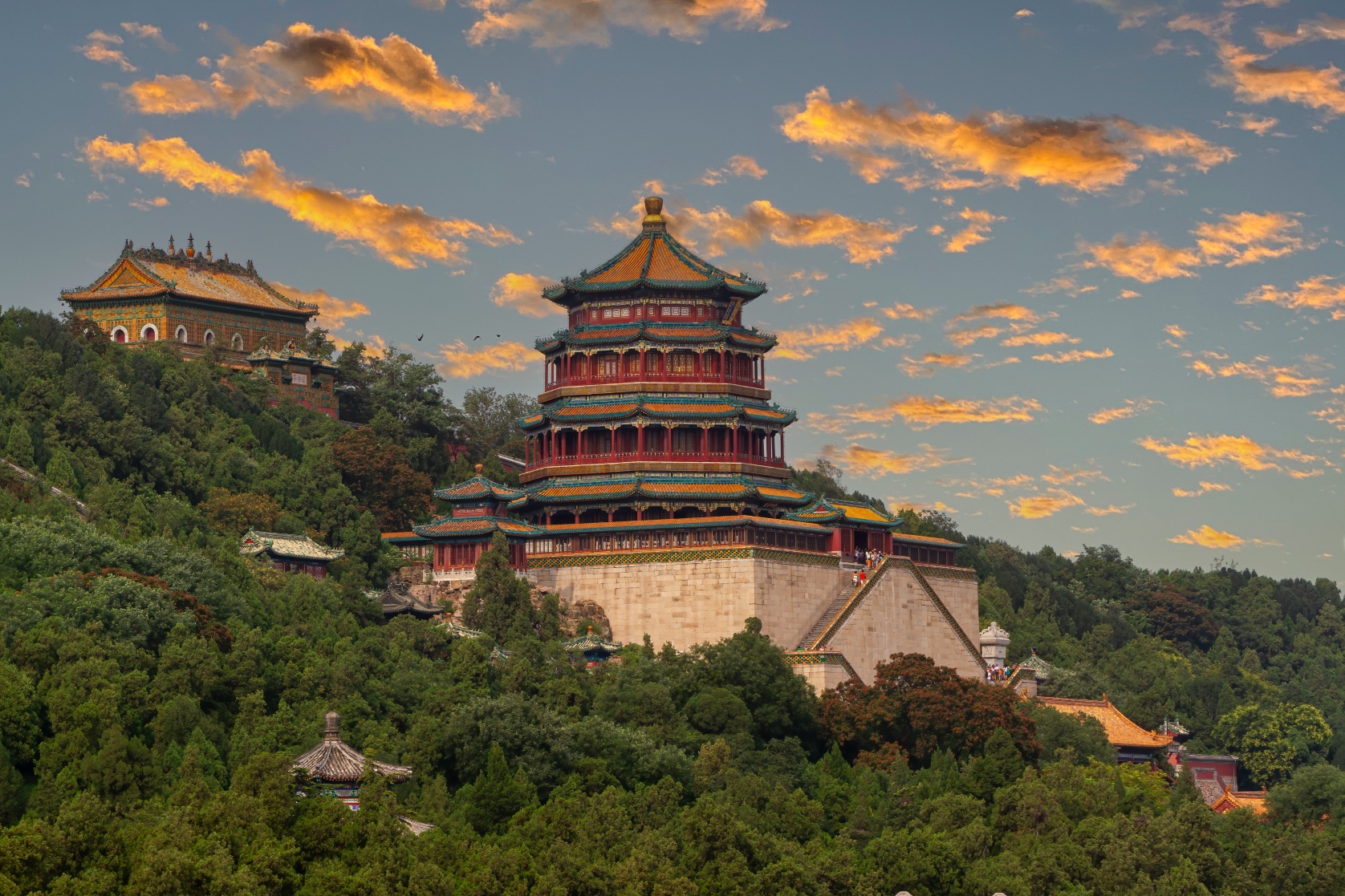
Summer Palace Gardens – China
Set against the serene waters of Kunming Lake, the Summer Palace in Beijing is a crowning jewel of Chinese landscape design. Unlike the geometric rigidity of Western gardens, this 290-hectare masterpiece embraces asymmetry and poetic vistas. Built in the 18th century for the Qing imperial court, it features pavilions, marble bridges, willow-shaded walkways, and the famous Long Corridor—a richly painted promenade with over 14,000 scenes of Chinese folklore. Designed to embody harmony between man and nature, the Summer Palace garden is a living scroll painting where every turn offers a new perspective and every stone carries a story of dynastic grace.
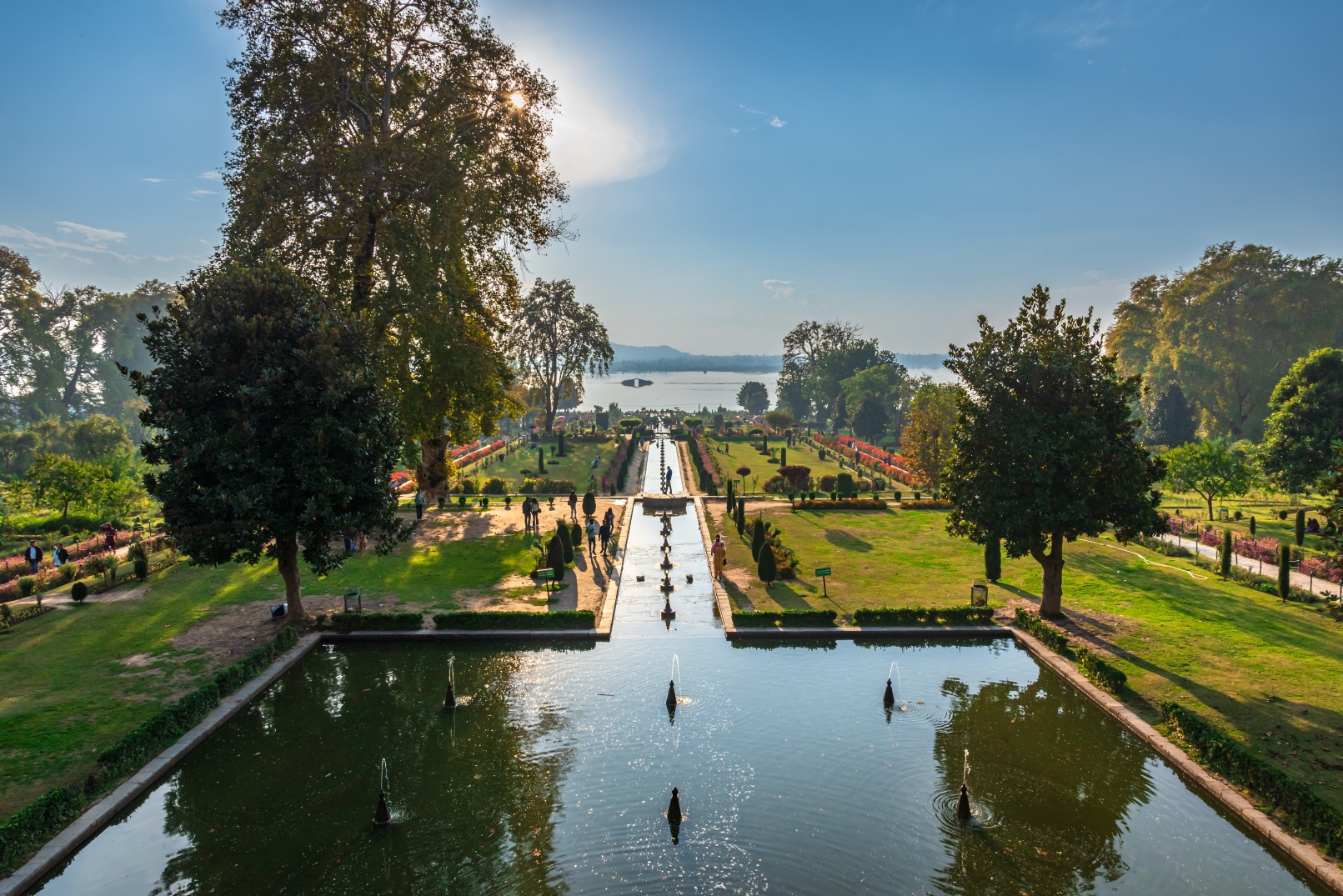
Shalimar Bagh – India
Commissioned in 1619 by Mughal Emperor Jahangir as a gift for his beloved wife Nur Jahan, Shalimar Bagh is a garden of love and empire. Located in the Kashmir Valley, with the snow-capped Himalayas as its backdrop, the garden is a terraced paradise of chinar trees, flowing water, and poetic inscriptions. Following the Persian charbagh layout, its design emphasizes symmetry and the sacred flow of water, symbolizing paradise on earth. The gentle murmur of fountains, the dappled shade, and the scent of roses all conspire to create a deeply sensual experience. Shalimar Bagh is not just a garden—it’s an enduring whisper of romance and regal devotion.